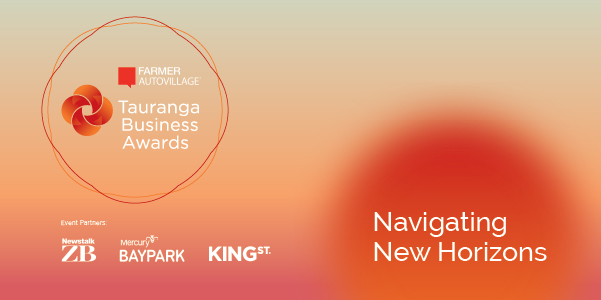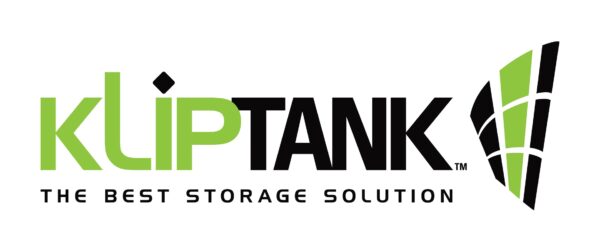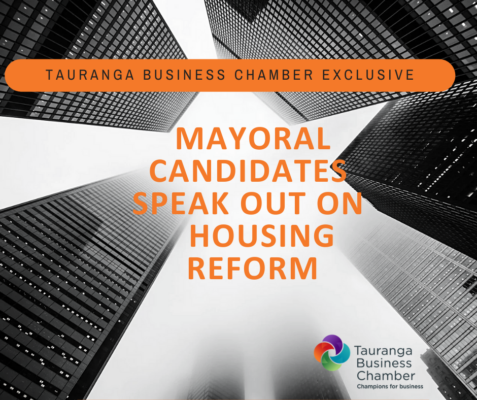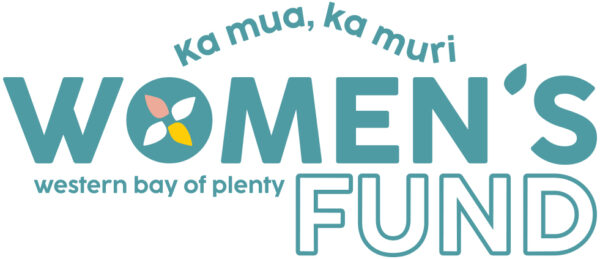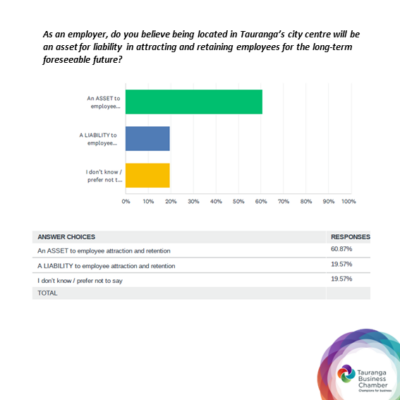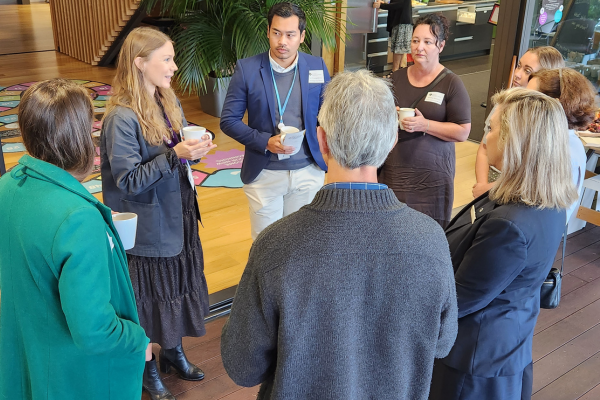If you are someone that employs people, chances are you’ve come across the term ‘quiet quitting’. ‘Quiet quitting’ was first coined in a video by TikTok creator @zkchillin, and is described as “quitting the idea of going above and beyond at work. Work is not your life, and your worth is not defined by your productive output”.
We asked Stephanie from Stephanie Love HR Consulting if ‘quiet quitting’ is really the negative thing it appears to be, and what are some tips and strategies for employers to manage this new trend.
What is quiet quitting?
According to Wikipedia, “Quiet quitting is an application of work-to-rule, in which employees work within defined work hours and engage solely in activities within those hours. Despite the name, the philosophy of quiet quitting is not necessarily connected to quitting a job outright, but rather doing precisely what the job requires.”
Put simply, ‘quiet quitting’ is when people are working the hours and completing their work exactly as prescribed in their employment agreement and job description. And with post-Covid employee burnout being some of the highest in living memory, we can understand why. Quiet quitting is hustle culture’s antonym.
And it’s not just confined to small pockets of employees. According to a Gallup survey, “Quiet quitters” make up at least 50% of the US workforce. HR trends in Aotearoa usually follow suit from the US so it’s likely to be hitting our shores soon, if not already.
But is ‘quiet quitting’ really a negative thing for businesses that needs mitigation, or is it just a recalibration of toxic workplace culture that has dominated corporate environments for the last few decades?
Kaila Colbin, CEO of Boma New Zealand puts it perfectly in her LinkedIn post – “It is utterly infuriating that we have normalised a culture where “going above and beyond” is celebrated, while “taking care of yourself” is seen as selfish. That we have normalised workplace toxicity to the point where “leaving work on time” is a mark of disengagement.”
How to manage ‘quiet quitting’
If you’re asking for my advice on how to manage ‘quiet quitting’ – steer into the skid. Foster an environment that enables and encourages employees to give within healthy boundaries because in the long-term this will pay out dividends.
The talent shortage does not discriminate and is impacting every industry. The power has shifted from business leaders to the hands of the employee and candidates, particularly in white-collar environments. People are taking the time to understand what is important to them and choosing the kinds of organisations that embody those values.
And it’s not just employees, consumers are making value-based decisions on who they want to purchase products or services from. Social media platforms, like TikTok, and platforms like Glassdoor makes this choice possible as what happens behind closed doors within an organisation is no longer opaque.

Quiet quitting is not a trend to be managed, it’s an invitation. An invitation to look internally into your people and leadership practices and policies to understand how they could be contributing to toxic cultures that lead to employee burnout. Ask your people how they are feeling, listen to what they say, and act to best support them. Invest in practices that will ease the weight of workload for your people and that support their lifestyle. One of the reasons many of us live in the Bay is because of the lifestyle, so ensure your workplace practices enable your people to enjoy it.
Looking at the employee experience holistically, and taking consistent, and sustainable action will naturally enhance the attractiveness of your organisation to candidates and existing employees, meaning your organisation will mitigate the risk of not being able to fill vacancies or losing your best employees to competitors in the future. This is what will secure the future of your organisation in the most guaranteed way and ensure you have the people you need to achieve your business goals.
Stephanie Love HR Consulting works with business leaders and HR professionals to measure the progressiveness of an organisation’s people policies and practices. By way of a uniquely developed People First Index framework, she offers recommendations that increase employee wellbeing, engagement, retention, attraction, and happiness, and reduce attrition, burnout, and absenteeism. Ultimately leading to an increase in innovation, creativity, productivity, sales, and an organisation achieving their business goals, and people living their best lives.
If you’d like to know more about how you can implement healthy people practices and policies, securing the future of your organisation, follow Stephanie on LinkedIn, and Instagram or check out her website.
Looking for more business tips and advice? Head to our Latest News section.

